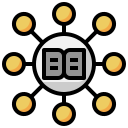
Bridging Humanities and Science through Digital Encyclopedias
Chosen theme: Bridging Humanities and Science through Digital Encyclopedias. Step into a welcoming hub where timelines meet lab notes, archives meet algorithms, and every reader becomes a collaborator. Subscribe, comment, and help shape this living, cross-disciplinary conversation.
From Footnotes to Datasets
In the humanities, a footnote anchors a claim to a source; in science, a dataset does the same. Digital encyclopedias align these practices, linking citations, code, and context so readers can audit, replicate, and reinterpret across fields.
Evidence That Travels Well
Chronologies, maps, images, and graphs cross disciplinary borders when structured with clear metadata. Encyclopedic entries make evidence portable, letting a medievalist examine climate proxies or a physicist explore oral histories with equal confidence and clarity.

Under the Hood: Metadata, Ontologies, and Linked Open Data
Structured statements—who, what, when, where—let entries speak to each other across languages and domains. When a concept has a stable identifier, humanities essays and scientific preprints can point to the same entity, enriching discovery and synthesis.
Under the Hood: Metadata, Ontologies, and Linked Open Data
DOIs, ORCIDs, and VIAF IDs ensure people, articles, and datasets remain findable as platforms change. Encyclopedias that embed these identifiers protect scholarly trails, making it easier to attribute, replicate, and credit interdisciplinary contributions.

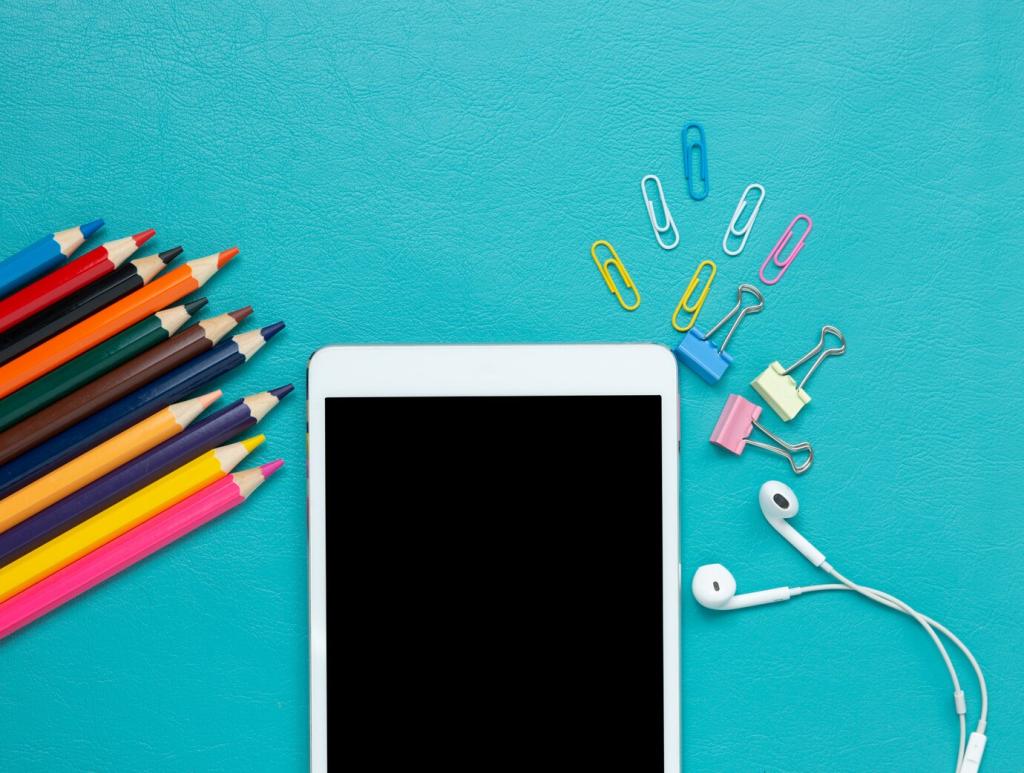
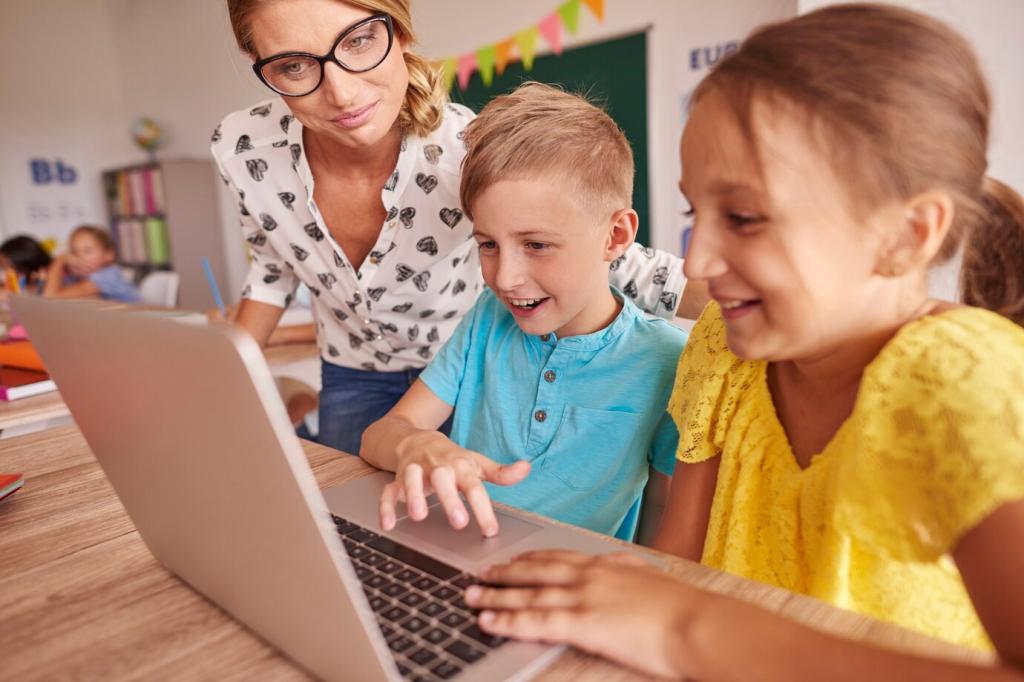
The Historian and the Lab Notebook
While reading an encyclopedia entry on Arctic exploration, a historian noticed a link to open lab notebooks on ice-core isotopes. A message to the scientist led to a seminar that reframed expedition letters through climate evidence.

A Curator’s Midnight Edit
A museum curator corrected a misattributed artifact in an encyclopedic article, adding provenance and spectral analysis notes. Weeks later, a geochemist cited the update, preventing a flawed replication and crediting the curator’s meticulous archival work.
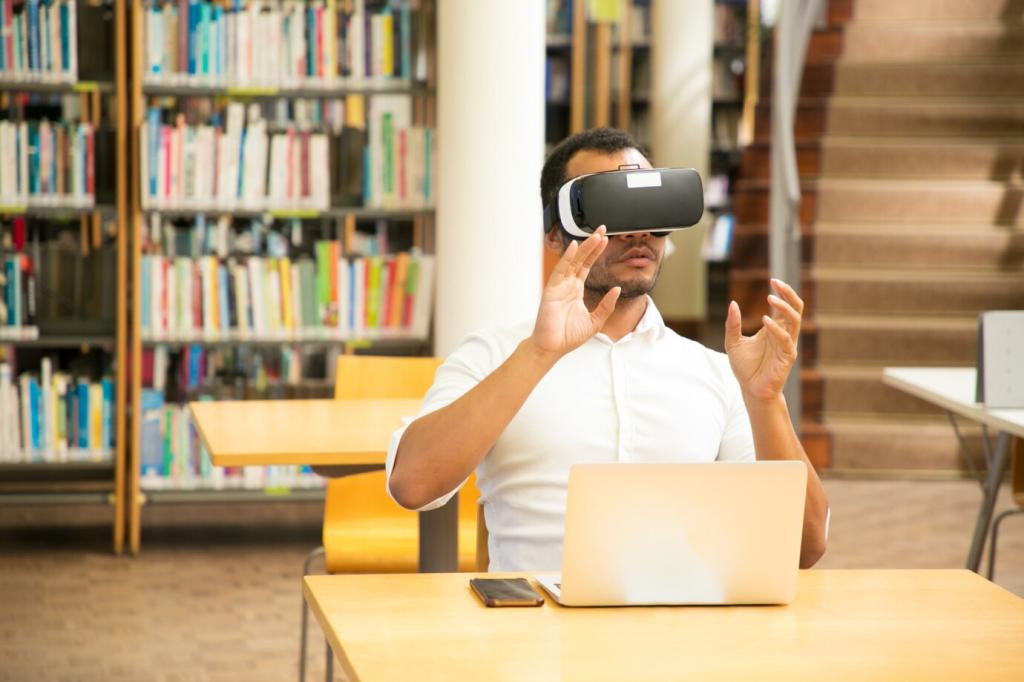
A Student Finds a Mentor
A student building a timeline of women in computing discovered linked identifiers for early programmers. Reaching out through talk pages, she found a mentor, co-authored an edit-a-thon guide, and launched a campus project connecting biographies to code repositories.
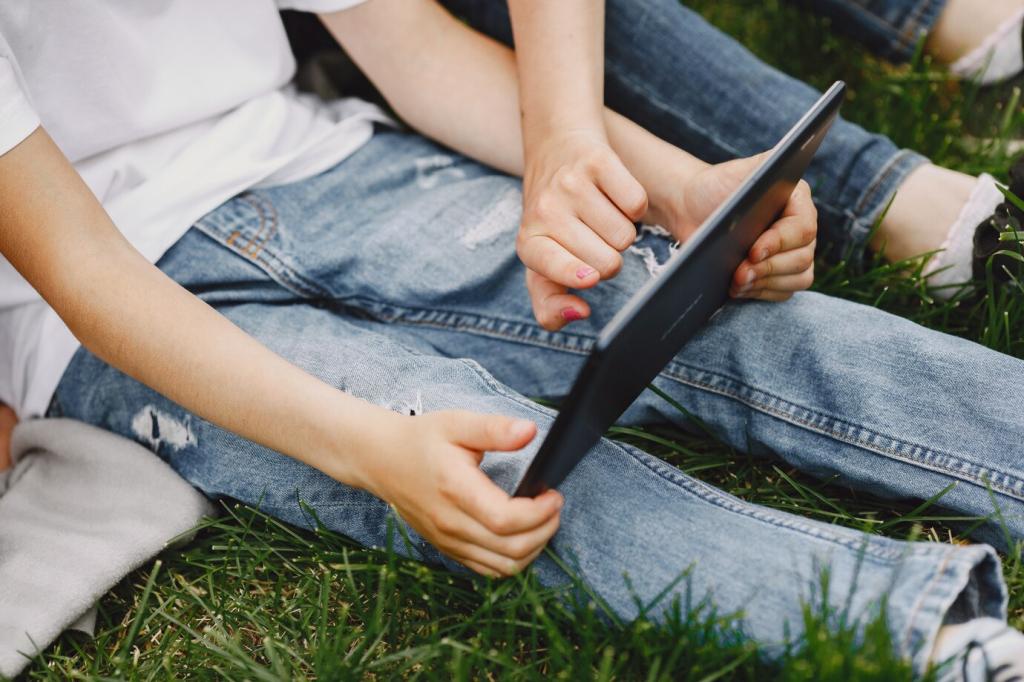
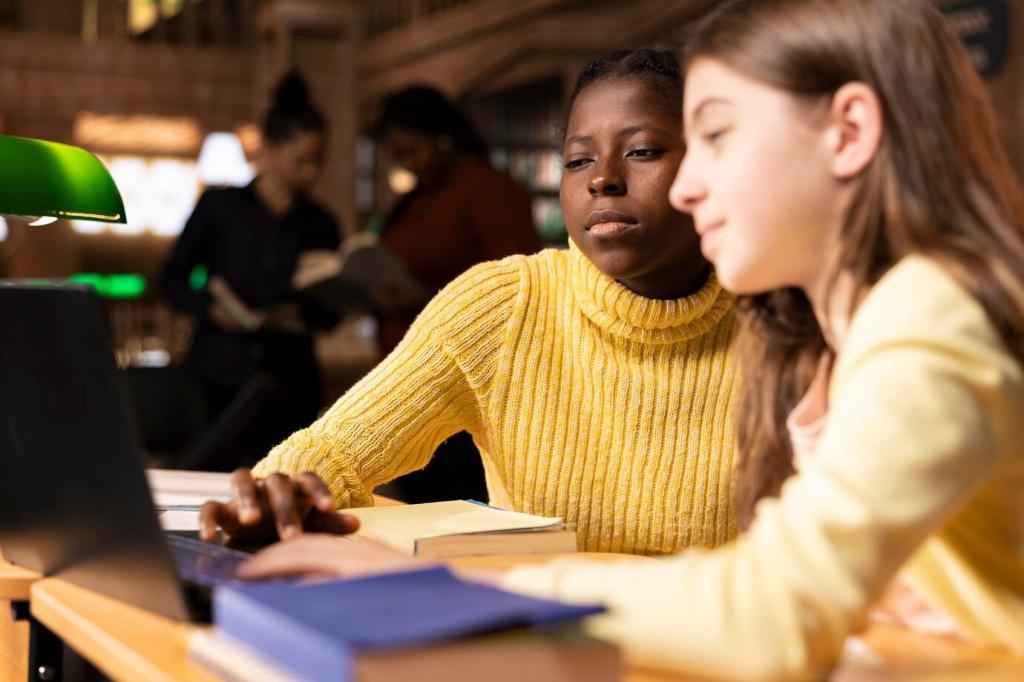
Learning and Teaching with Digital Encyclopedias
Ask students to trace a concept—like contagion—across literature, public health, and network theory, citing and improving entries. They learn to synthesize, attribute, and spot gaps that invite constructive edits and responsible research questions.
Learning and Teaching with Digital Encyclopedias
Comparing talk pages, references, and representation reveals biases. Learners evaluate whose voices appear, which datasets dominate, and where perspectives are missing, then draft edits that widen the lens while maintaining rigorous sourcing standards.

Participate: Strengthen the Bridge Today
Cite primary sources and reputable reviews, disclose conflicts of interest, and document changes in edit summaries. Thoughtful, well-referenced contributions make entries reliable for both seminar rooms and research labs.
